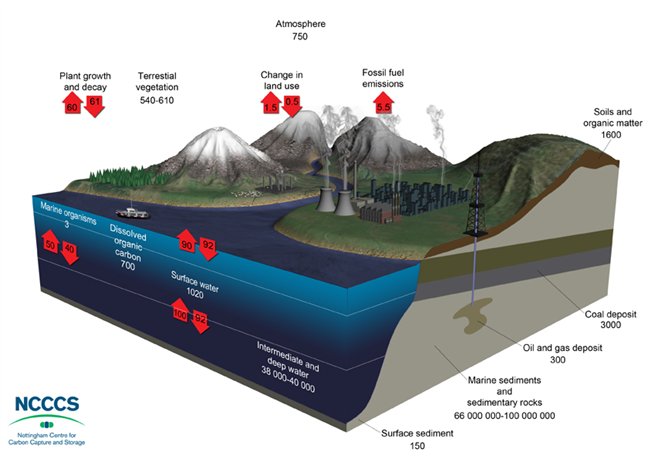> Climate Change

The Earth's climate has changed many times during the planet's history, with events ranging from ice ages to long periods of warmth. Historically, natural factors such as volcanic eruptions, changes in the Earth's orbit, and the amount of energy released from the Sun have affected the Earth's climate and it is only relatively recently that the climate has been able to support life as we know it.
Greenhouse gases, such as carbon dioxide (CO2), are necessary for life because they keep the planet's surface warmer than it otherwise would be without these gases. However, as the concentrations of these gases continue to increase in the atmosphere, the Earth's temperature increases. Warming of the Earth's climate is unequivocal, as is now evident from observations of increases in global average air and ocean temperatures, widespread melting of snow and ice, and rising global average sea level. Eleven of the last twelve years (1995-2006) rank among the twelve warmest years in the instrumental record of global surface temperature (since 1850) (IPCC, 2007).
In descending order, the gases that contribute most to the Earth’s greenhouse effect are: water vapour (H2O), carbon dioxide (CO2), nitrous oxide (N2O), methane (CH4) and ozone (O3). In terms of the amount of heat they can absorb and re-radiate (known as their global warming potential or GWP), methane is 23 times more effective and nitrous oxide is 296 times more effective than carbon dioxide. However, there is much more carbon dioxide in the Earth’s atmosphere than there is methane or nitrous oxide.
The levels of CO2 in the atmosphere have been changing over time due to anthropogenic (man-made) inputs. Anthropogenic annual emissions grew by approximately 80% between 1970 and 2004. Global emissions from fossil fuels are currently 5.5 billion tonnes of carbon per year. The current atmospheric CO2 concentration is 379ppm compared with a pre-industrial level of 270ppm. It is estimated that the levels of CO2 are currently rising by 2ppm annually (IPCC, 2007).
The Carbon Cycle
To further understand why CO2 is increasing in the atmosphere, it is important to examine the exchange pathways of carbon in the carbon cycle.

The Carbon Cycle. Volumes and exchanges in billion tonnes of carbon. Adapted from UNEP.
The diagram illustrates that:
> Carbon flows between each reservoir. Sometimes this takes place quickly and sometimes it takes place slowly.
> The ocean provides a net sink for CO2 but the pathways to storage are slow.
> The biosphere provides a source and a sink.
> Any change in the cycle that shifts carbon out of one reservoir puts more carbon in the other reservoirs.
> Changes in land use have caused a discharge of 1 billion tonnes of carbon into the atmosphere.
> The anthropogenic component, which is a carbon release of 5.5 billions of tonnes of carbon, renders the cycle unbalanced, hence causing a greenhouse effect.
This is important because the CO2 exchange in the oceans is largely controlled by sea surface temperatures, circulating currents and by biological processes of photosynthesis and respiration. Increased temperatures also reduce the ability of vegetation to sequester CO2.
As global temperatures change with global warming, all of these controls will be affected and as a consequence the exchange amounts could also be affected. The exchange processes are poorly understood and there is concern that increasing amounts of carbon in the atmosphere may hinder or even reverse the exchange mechanisms and cause a runaway effect, releasing more CO2 and CO.
CCS is a technology which will reduce fossil fuel emissions and thus mitigate climate change.
Reference: IPCC, 2007. 4th Assessment Report on Climate Change, Cambridge University Press.
Source: The Nottingham Centre for Carbon Capture and Storage
Next page >>
TOP
|





